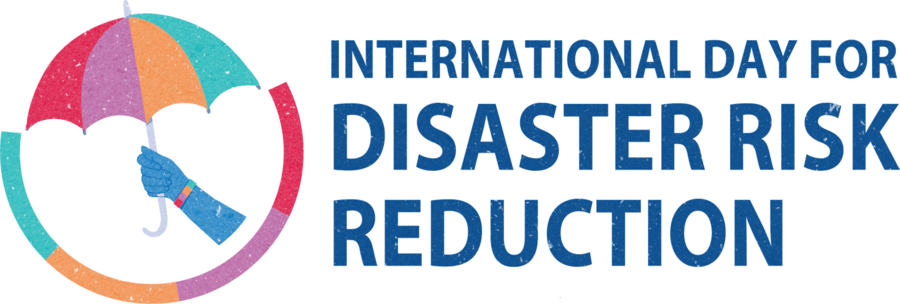International Day for DRR: IFRC urges leaders to invest in warning systems that translate into anticipatory action

Coinciding with this year’s International Day for Disaster Risk Reduction, a report from the UN Office for Disaster Risk Reduction and the World Meteorological Organization yesterday warned that half of all countries “are not protected by multi-hazard early warning systems”.
Using new data, Global Status of Multi-Hazard Early Warning Systems – Target G suggests that countries with limited early-warning coverage see eight times more deaths than those with good systems in place, with the numbers worst for developing countries on the front line of climate change.
UN Secretary-General António Guterres said yesterday: “The world is failing to invest in protecting the lives and livelihoods of those on the front line. “Those who have done the least to cause the climate crisis are paying the highest price,” he added in a video message, calling for all countries to invest in early warning.
A joint news release from the two organizations said that as climate change causes more frequent, extreme and unpredictable weather events, early warning systems targeting multiple hazards are more urgent than ever, covering “second and third-order effects [including] soil liquefaction following an earthquake or a landslide, and disease outbreaks following heavy rainfall”.
In their own statements yesterday, UNDRR chief Mami Mizutori and WMO Secretary-General Petteri Taalas also both called for more investment in early warning systems.
The UNDRR-WMO report provides recommendations to strengthen early warning and early action to cover all vulnerable groups, “but particularly in risk knowledge to better plan early warning systems and in building the capacity of at-risk communities for early action,” the press release added.
IFRS Secretary General Jagan Chapagain tweeted yesterday that his message for the international day was to “invest in early warning and early action, especially for the most vulnerable communities.
“Climate-related disasters are more frequent, extreme and damaging. Investment in early warning and early action saves lives.”
IFRC Global Anticipatory Action Coordinator Gantsetseg Gantulga adds: “Extreme-weather events don’t have to turn into humanitarian tragedies. When communities are warned ahead of disasters and able to take action, countless lives can be saved.
“As the biggest disaster risk reduction actor in the world, the IFRC network designs early warning systems with communities for communities, and also works closely with meteorological services and governments to ensure early action.
“On International Day for Disaster Risk Reduction and ahead of COP27, the IFRC urges world leaders to invest in clear warning messages that translate into anticipatory action and reach the most vulnerable and remote communities.”
An action plan on how to increase global coverage of early warning will be presented by the WMO at COP27 in Sharm El-Sheikh, Egypt, next month.
